Urgent Notice
Hestercombe will be closed all day on Tuesday, December 16th, while the National Grid completes local high-voltage work across the estate. Sorry for any inconvenience this may cause.
Take a fascinating look at the Grand Ball held at Hestercombe in the closing years of the 19th Century.
Hestercombe will be closed all day on Tuesday, December 16th, while the National Grid completes local high-voltage work across the estate. Sorry for any inconvenience this may cause.
The Hestercombe archives are bursting at the seams with facts, pictures and accounts of the history of Hestercombe and those who lived and worked here. In this installment of Memories of Hestercombe we hear about the Grand Ball which took place in January 1897 - and the star studded Taunton guest list in attendance.
Written by Kim Legate, Archivist
On Christmas Eve a Christmas tree ten feet high was erected in the dining-room, and was decorated by the Hon. Mrs. Portman and the Hon. Miss Vesey (sister-in-law). This was laden with every handsome presents for the head servants and their families, the kind gifts of Mrs. Portman. The workmen on the estate were presented with joints of beef. On Christmas Eve a ball was given to the servants. It was opened by Mr. and Mrs. Portman and there were also present Lady Wenlock (Mrs. P’s mother), the Hon. Miss Vesey, the Hon. R. Lawley (Mrs. P’s brother), the Hon. Mrs. Maurice Portman (Mrs. P’s aunt) and party, and Mr. and Mrs. L. C. H. Palairet [‘Grand Ball at Hestercombe’, Somerset County Gazette, January 1897]
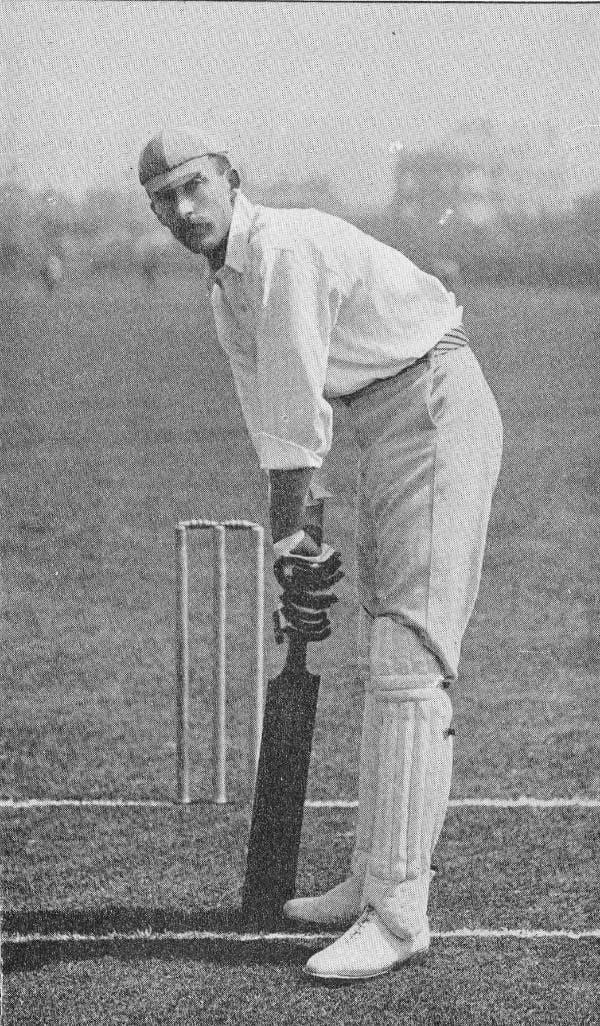
Fig. 1: Cricketer Lionel Charles Hamilton Palairet, who attended Hestercombe's Grand Ball of 1897
The annual Christmas Eve servant’s ball was a fixture on the Portman social calendar into the early 1900s. But the 1897 affair was followed by an even grander celebration. In the words of a Somerset County Gazette correspondent, the soirée of mid-January 1897 was ‘one of the most brilliant gatherings that have ever taken place in Somerset’. It may well have been the social event of the season. The Gazette made reference to highly decorated ‘apartments’, a programme of Viennese music, satin ball gowns, tiaras studded with diamonds and sapphires, and a guest list that included the cream of Taunton society. There was, for instance, Major-General Lutwyche England (CB) of King’s Gatchell, Trull; the Rev. Prebendary Askwith of Saint Mary Magdalene Church, Taunton; F. M. Newton of Barton Grange, Corfe; and, yet again, the Palairets of Dodhill, Kingston St. Mary. Ah, but to be standing near the punch bowl that evening. Was the limelight held by F. M. Newton, principal of one of Taunton’s most pioneering and successful enterprises of recent years, F. M. Newton’s Ltd. Electrical Engineers (est. 1884), or did Major-General England hold the floor with mesmeric tales of his adventures in the Indian Mutiny and Zulu War, outshining even the veneration demanded by the Rev. Askwith’s high office. Cricketer Lionel Charles Hamilton Palairet (Fig. 1) may well have trumped them all. Striking, composed and dapper, the man The Times would one day describe as "the most beautiful batsman of all time" may well have conducted a batting clinic in evening dress. Now one of England’s leading amateur batsmen, L. C. H. Palairet had achieved his highest score to date (292 runs) against Hampshire only two years earlier.
But enough of the men. The Honorable Constance Mary Portman, now aged 43, was unquestionably the belle of the ball. Holding a bouquet of roses and Lily of the Valley, she welcomed her guests resplendent in a silk gown, accented by a bodice trimmed with silver Indian embroidery and chiffon. Her well-known affection for jewels was expressed in a grand tiara, stars of brilliant diamonds, a diamond necklace, and shoes embellished with, yes, diamond buckles. Her companions were nearly as elegant. The Hon, Mrs. Molyneux of Bodicote, Oxon, appeared in black satin with blue trimmings; the Misses Pelly impressed in ivory satin with violet sashoa and sprays of violets; the Countess of Clanwilliam, turned heads in emerald velvet; and the Hon. Mary Portman bedazzled in green with a bold bodice of corded velours. The men, contrastingly, were more preoccupied with comfort: ‘Mr. (E. W. B.) Portman and several other gentlemen among the guests wore hunting costume.’
For some time past very extensive additions and improvements have been made to the house with a view to its occupation by the Hon. Edward Berkeley Portman, Lord Portman’s eldest son, who, it is expected, will entertain the Duke of York there next year on the occasion of his Royal Highness’s visit to Taunton to open the Bath and West of England Society’s Show. No less than 150 men have for some months been employed on the work and they are likely be there for some time to come. Not only is the mansion being added to and improved, but the rooms are being re-decorated in beautiful style, and it is intended to place new grates in the apartments. (‘Fire at Hestercombe Near Taunton’, Somerset County Gazette, 29 September 1894
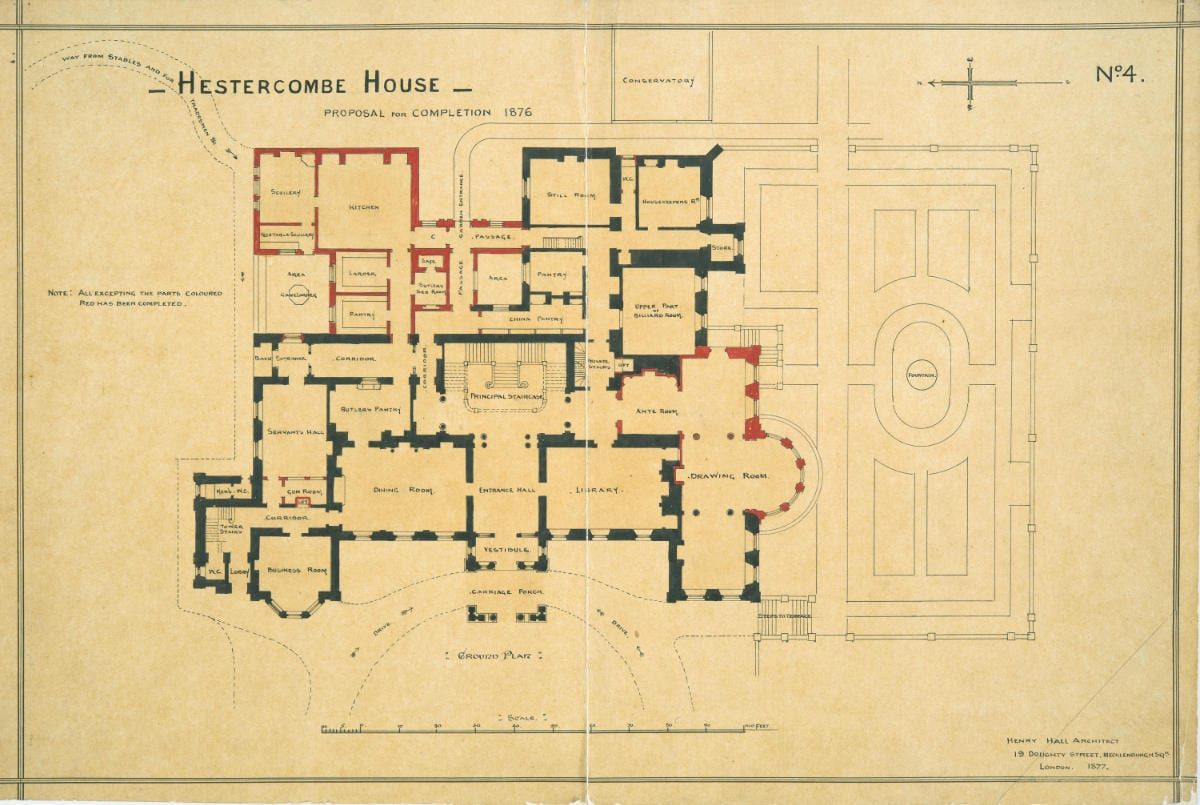
Fig. 2: A purpose built wooden corridor, festooned with red baize and other decorations, led to the smoking-room – the ‘Business Room’, bottom left in Henry Hall’s 1876 proposal for the House
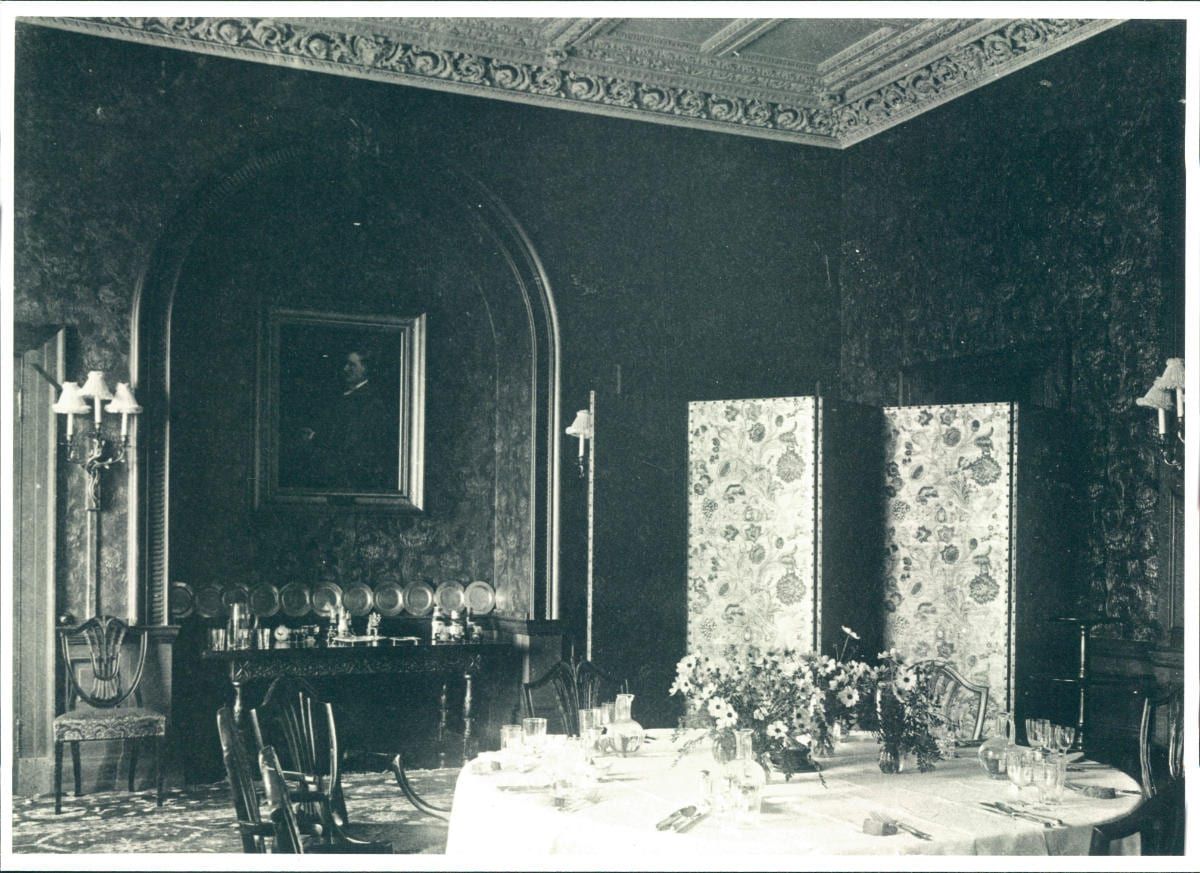
Fig. 3: The ‘capacious’ dining room, now the Portman Suite, had been adapted to serve as the ballroom and ‘formed a grand and brilliant apartment’
A ‘magnificent suite of rooms’ was decorated for the occasion. Guests were admitted to the recently remodelled mansion, not by the main entrance on the west front, which was closed off, but via a secondary access located at the northwest corner of the structure, as today. Here a purpose built wooden corridor, festooned with red baize and other decorations, led to the smoking-room – the ‘Business Room’ in Henry Hall’s 1876 proposal for the House (Fig 2), today the Jekyll Room – which had been converted into a ladies cloakroom. The ‘capacious’ dining room adjoining (Fig 3), now the Portman Suite, had been adapted to serve as the ballroom and ‘formed a grand and brilliant apartment’. The walls were decorated with a combination of white and green cloth bedecked with the evergreen climber smilax (greenbrier) and the atmosphere was perfumed by a flamboyant bank of white narcissus positioned directly over the fireplace. This was interspersed with tendrils of smilax while the hearth itself was filled with ‘choice’ tropical plants. The roomy entrance hall beyond was fitted out as a lounge and decorated with still more tropicals (e.g. crotons, palms, bamboos) whilst the front doorway was dressed with red and the side windows with white. All of the doors to the principal rooms were missing, their removal signalling an intention to allow for ease of movement – and perhaps minimise injury as the dancing became more vigorous and the refreshments flowed more freely.
Mrs. Potter, the housekeeper, and Miss Kennedy, Miss Portman’s maid, were among those credited with ‘the completeness of all the arrangements’, but it was Mr. A. J. Keen, the head gardener, and his foreman, Mr. W. Cooper, who drew praise for the excellence of the floral decorations. These were all the more impressive given the short time in which E. W. B. Portman’s new range of glasshouses (by Boulton & Paul Manufacturers, Rose Lane Works, Norwich, 1895) (Fig 4) had been fully operational.
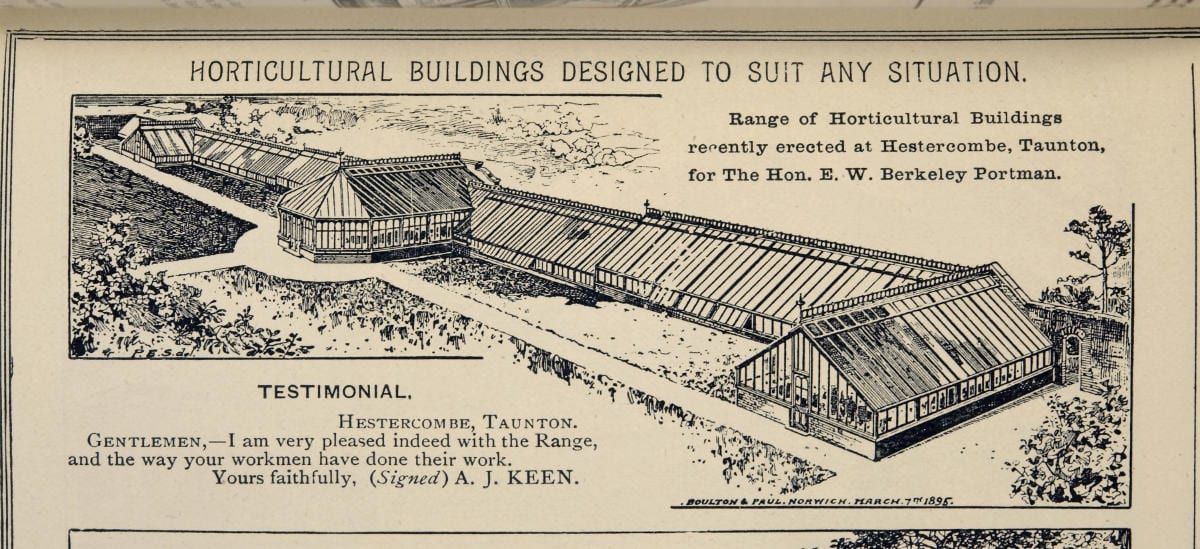
Fig. 4: E. W. B. Portman’s new range of glasshouse
The displays in the Column Room were particularly fine, displaying to advantage a range of narcissus, arum, lilies, lilac, orchids, freesias, poinsettias, and violets. There were also orange trees laden with blossoms and ripe fruit, a splendid Kentia palm (Howea forsteriana), and crotons in great profusion. Mr. Keen also supplied the sprays and buttonholes. The supper – always a priority with E. W. B. – was capably organised by Mr. Cooper, the butler, with Mrs. Hughes, the head cook, and her assistants stocking the two supper rooms on the first floor of the House with a variety of high quality ‘viands’. (The private rooms of E. W. B. Portman and the Masters Vesey, his three stepsons, Ivo Richard , Thomas Eustace and Osbert Eustace Vesey , were appropriated for the purpose.)
Dancing commenced at ten o’clock and did not conclude until four the following morning encouraged by refreshment breaks and periodic visits to the well-stocked supper rooms. Herr Gottlieb’s Viennese Band from London made the musical marathon possible with a varied selection of music that included waltzes, polkas, lancers, a polka mazurka, a barn dance, and, dare we say, a galop.
Waltz - ‘Gartenlaube’ - Strauss
Polka - ‘Violetta’ - Strauss
Waltz - ‘Ball Scenen’ - Cibulka
Lancers - ‘Carmen’ - Godfrey
Polka - ‘Ur—Wiener’ - Ziebier
Waltz - ‘Gebirgskinden’? - Ziebier
Waltz - ‘Doctrinen’ - Strauss
Polka - ‘Bitte Schon’ - Strauss
Waltz - ‘Viener Bourbon’? - Strauss
Lancers - ‘Round the Town’ - Wetzel
Polka mazurka
Waltz - ‘Wein, Weib und Gesang’ - Strauss
Barn dance - ‘Happy Darkies’ - Godfrey
Waltz - ‘Blauen Donau’ - Strauss
Polka - ‘Coco’ - Brandl
Lancers
Waltz - ‘Wiener Blut’ - Strauss
Polka - ‘Die Tranmerin’ - Kornzak
Waltz - ‘Tres Joliee’ - Waldteufel
Galop - ‘Bahnfrie’ - Strauss
Fairy lamps were disposed in appropriate places, and this (the entrance hall) and the whole of the other apartments were brilliantly illuminated with the electric light, which is manufactured at Hestercombe. [‘Grand Ball at Hestercombe’, Somerset County Gazette, January 1897]
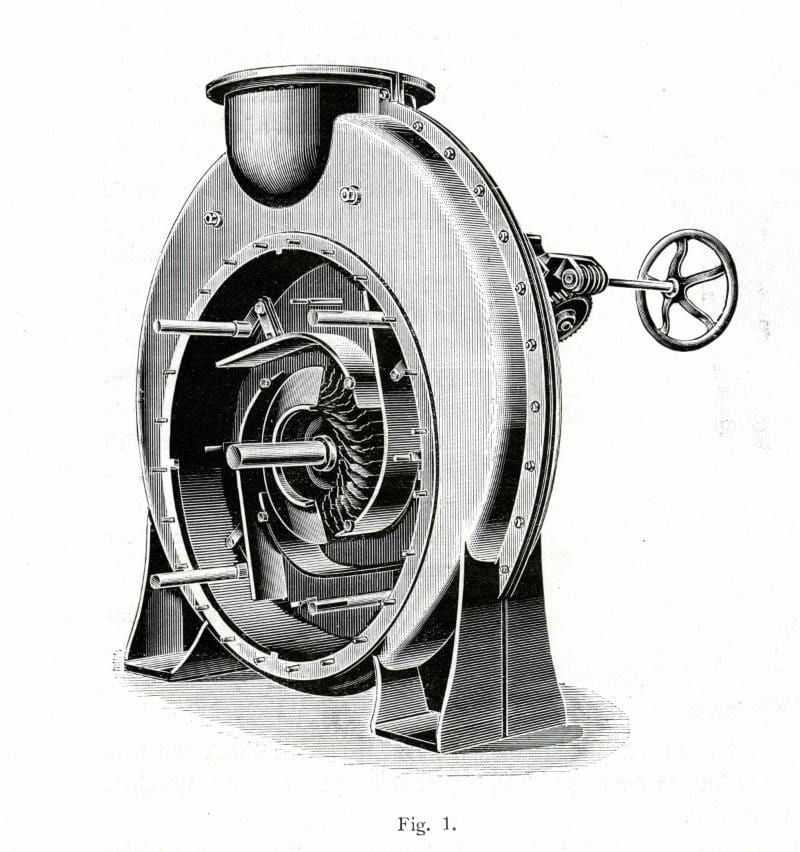
Fig. 5: Hestercombe's state-of-the-art hydroelectric turbine, as pictured in the Gilbert Gilkes & Gordon Ltd. catalogue for 1898..
Just twenty months earlier, in June of 1895, F. M. Newton’s Ltd. Electrical Engineers, Taunton, had installed a state-of-the-art hydroelectric turbine inside the newly built extension to the Hestercombe Mill, the Dynamo House. Built by Gilbert Gilkes & Gordon Ltd. of Kendall, Cumbria, the innovative 6 HP (4.41 kW) double Vortex turbine was the invention of Prof. James Thomson (1822-92) of Queen’s College, Belfast, who patented his design in 1850 (Fig. 5), With an efficiency of 75 to 83% - the best steam engines of the day barely produced 10% and the newest gas engines only about 20% - the compact water-wheel soon gained currency amongst England’s country house set. In addition to Hestercombe, Vortex turbines were dispatched to boost the self-sufficiency of estates like Cragside, Northumberland (industrialist Sir Wm. Armstrong), Chatsworth House, Derbyshire (Duke of Devonshire), Bryanston, Dorset (2nd Viscount Portman) and Balmoral, Aberdeenshire, Scotland (Queen Victoria) amongst others.
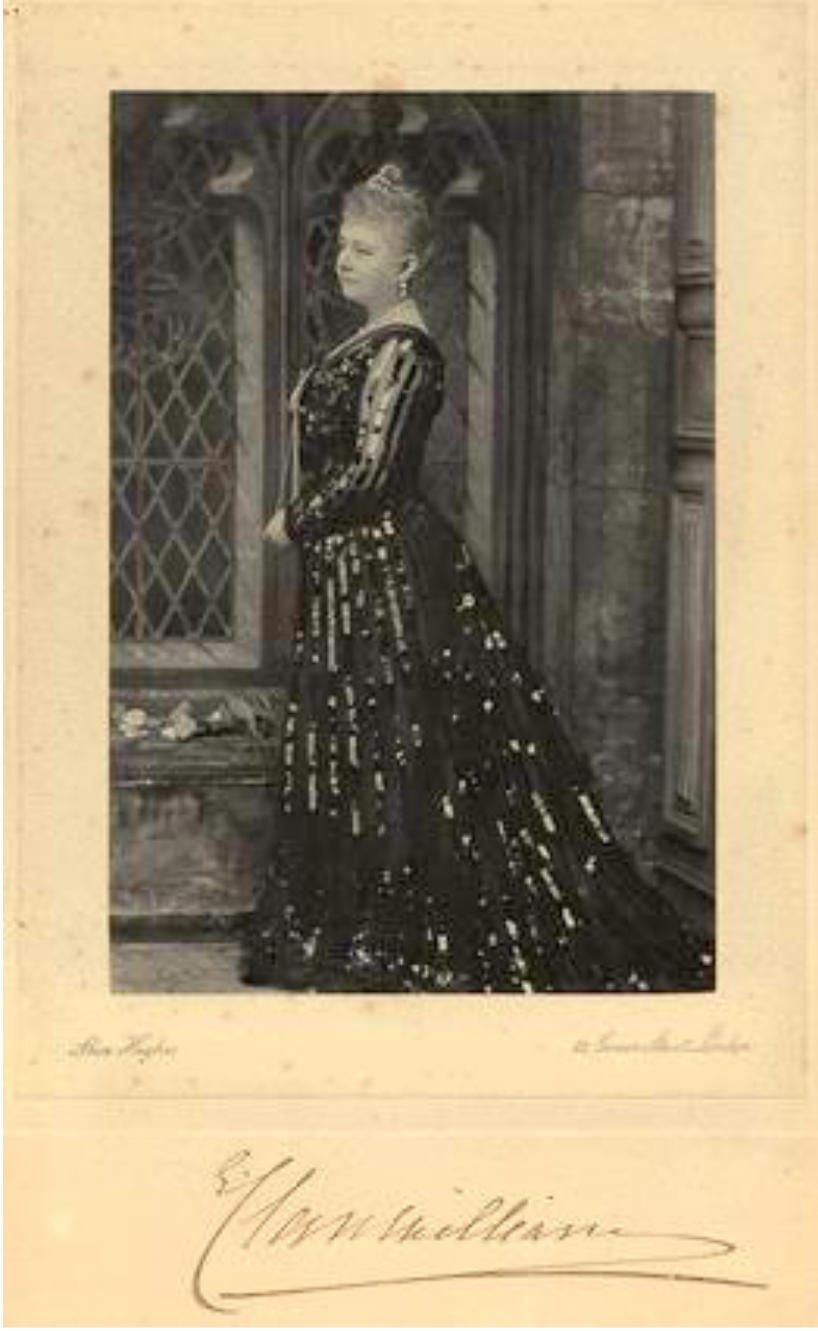
Fig.6: The Countess of Clanwilliam, Elizabeth Henrietta Meade, was the wife of the Admiral of the Fleet, Richard James Meade, 4th Earl of Clanwilliam and onetime aide-de-camp to Queen Victoria.
In addition to the 200 invited guests at the Hestercombe ball, there was also the ‘house party’ to cater for, a select group consisting of some of the closest friends and family of E. W. B. and Mrs. Portman. Prominent among them were the Countess of Clanwilliam, Lady Beatrice Meade, the Hon. Mary Portman, The Hon. Mrs. Molyneux, the Hon. R. Lawley, the Hon. H. Portman, the Hon. G. Portman, and Viscount Cranley. The Countess of Clanwilliam, Elizabeth Henrietta Meade (nee Kennedy) (Fig. 6), was the wife of the Admiral of the Fleet, Richard James Meade, 4th Earl of Clanwilliam and onetime aide-de-camp to Queen Victoria. Lady Beatrice Meade was the 4th Earl’s only child. The Hon. Mary (Selina Charlotte) Portman (nee FitzWilliam) was E. W. B.’s mother, the wife of William Henry Berkley Portman (1829-1919), 2nd Viscount Portman. The Hon. Mrs. (Caroline Elizabeth) Molyneux was Mrs. Portman’s older sister, the first daughter of Beilby Richard Lawley, 2nd Baron Wenlock, and Lady Elizabeth Grosvenor. The Hon. R. (Richard Thompson) Lawley was the second of five sons born to the 2nd Baron Wenlock and his wife and would, in time (1912), become the 4th Baron Wenlock of Wenlock, co. Shropshire. (Fig. 7). The Hon. H. (Henry Berkeley) Portman (1860-1923) was the oldest of E. W. B.’s four brothers. He would become 3rd Viscount Portman on the death of his father, William Henry Berkley Portman, 2nd Viscount Portman, in 1919. The Hon. G. (Gerald Berkeley) Portman (1875-1948), conversely, was youngest of E. W. B.’s brothers. He became 7th Viscount Portman on the death of his elder brother, Seymour Berkeley Portman, 6th Viscount Portman, in 1946. Richard William Alan Onslow, 5th Earl Onslow GBE, PC, (1876-1945), styled Viscount Cranley until 1911, lived at Clandon Park, West Clandon near Guildford, Surrey. He was a diplomat (Madrid, Tangier, Berlin, St. Petersburg), but also distinguished himself as a parliamentary secretary (Ministry of Health, Board of Education, Ministry of Agriculture and Fisheries) and government minister (Under-Secretary of State for War).
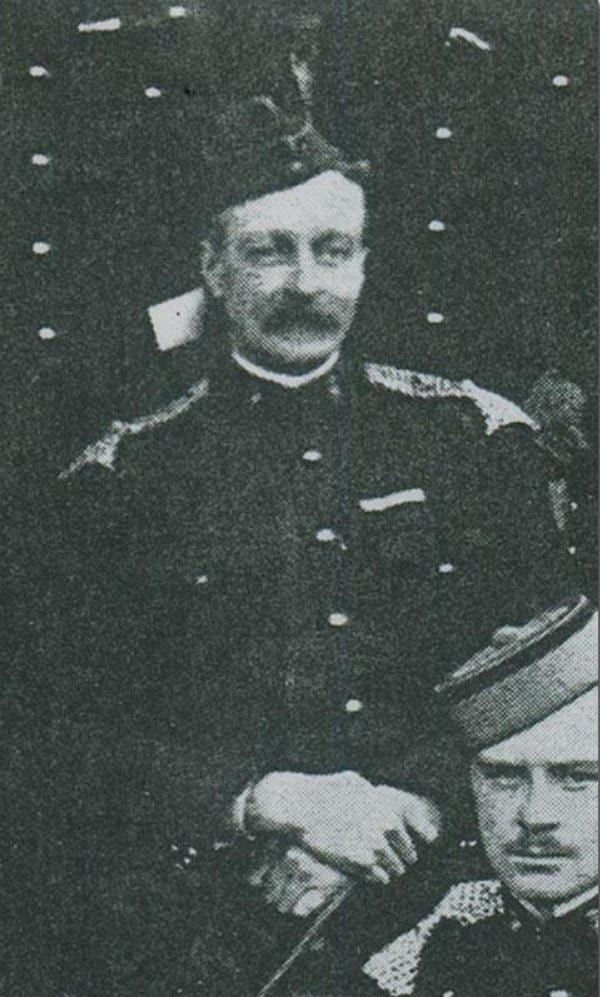
Fig. 7: in attendance was The Hon. Richard Thompson Lawley, 4th Baron Wenlock
The guest list itself was a veritable ‘Who’s Who’ of Taunton and environs, with no less than thirteen men of the cloth present – no doubt reflecting Mrs. Portman’s continuing piety -- plus three MPs, two medical men, numerous JPs, and several captains of industry and commerce. Notable among the last was E. Esdaile of Cothelstone whose family fortune had been founded on banking and Charles Leslie Fox, member of the Fox Brothers clothing empire of Wellington , one of Somerset’s oldest companies. Members of Her Majesty's Armed Forces were also very much in evidence. In addition to the officers of the 3rd and 4th Battalions P. A. S. L. I. (Prince Albert's Somerset Light Infantry), there were two generals, two major generals, two colonels, three majors and no less that five captains sashaying over the Portman’s newly polished dance floor. E. W. B.’s long association with the military – he retired as major in 1893 after fourteen years’ service – is a partial explanation; more credible is the continuing influence of class in pre-war Britain. The vast majority of officers in the armed forces still came from the social and political elite; a public school education was almost mandatory for junior officers. Mrs. Portman’s brother, the Hon. Richard Thompson Lawley 4th Baron Wenlock, is case in point. Lawley entered the army as a sub-lieutenant with the 7th Hussars on 11th Feb 1875 after attending Eaton and then Sandhurst. He went on to serve in the Sudan in 1884-5 and the Nile, before taking command of his regiment in the Boer War in November 1901. Appointed CB on 26 June 1902 and promoted to brevet Colonel the day after relinquishing command of the 7th Hussars on 25 June 1903, Richard Thompson Lawley retired from military life in 1904. He died without issue at Hestercombe on 25 July 1918.
The following is a partial list of the attendees at the Grand Ball of 1897.
Ashfield House, North Petherton (Hon. Mrs. Maurice Portman, Miss Portman and party)
Barracks (Officers of the 3rd and 4th Battalions P. A. S. L. I. [Prince Albert's Somerset Light Infantry])
Barton Grange, Corfe (Mr. and Mrs. F. M. Newton and party)
Batts Park, Taunton (Col. and Mrs. Cotton)
Bishop’s Hull (Captain Walsh)
Brymore, Cannington (Mr. and Mrs. Pleydell-Bouverie)
Broomfield (Rev. P.G. L. Bulstrode)
Cheddon Fitzpaine Rectory (Rev. G. F. Unwin)
Cothelstone Manor (Mr., Mrs., Mr. E. and Miss Esdaile and party)
Court Place, West Monkton (Mrs. and Miss Tickell)
Crowcombe (Mrs. and Miss Coventry Carew)
Crowcombe Court (Hon. R. C. and Mrs. Trollope)
Culmhead (Right Hon. J. W. Mellor, Q. C., MP; Mrs. Mellor and party)
Dodhill, Kingston Saint Mary (Mr. and Mrs. Lionel Palairet and party)
Eastbrook (Captain and Mrs. Charles Fox and Miss Fox)
Gotton (Mr. and Mrs. Finch-Hatton)
Halcon House, Taunton (Mrs. Chas. Meade-King)
Halswell Park, Goathurst (Mr. and Mrs. Kemeys-Tynte and party, Mr. C. Kemeys-Tynte and Mr. St. David Kemeys-Tynte)
Hatch Park, Hatch Beauchamp (Hon. H. P. and Mrs. Gore-Langton and party)
Heathfield, Taunton (Rev. E., Mrs. and Miss Spurway)
Henlade Villa (Mr. and Mrs. A. E. Newton)
Hestercombe (Rev. W. E. Blythe)
Hillbrook, Trull, Taunton (Captain and Mrs. Lovett)
Hope Corner, Taunton (Mrs., Miss., and Major Fennell)
Hoveland Lodge, Taunton? (Mr. and Mrs. J. E. W. Wakefield)
King’s Gatchell (Major-General Lutwyche England (CB) and Mrs. England)
Kingston Grange, Kingston Saint Mary (Mr. and Mrs. Shaw)
Kingston Manor House, Kingston Saint Mary (Mr. and Mrs. Sidgwick)
Kingston Saint Mary (Rev. W. G. and Mrs. Tomlin)
Monkton House, West Monkton (Mr. and Mrs. H. Thomson)
Monty’s Court , Norton Fitzwarren (Mr. and Mrs. Wyndham Slade and party)
Norton Court (Col. and Mrs. Vaughan)
Norton Manor, Norton Fitzwarren (Mr. and Mrs. W. G. Marshall and party)
Nynehead Court (Mr. W. A., Mr. E. C. A. and Miss Sanford)
Orchard Portman (Mr. and Mrs. Dodington and party)
Pitminster Lodge (Mr. H. J., Mrs., the Misses and Mr. W. L. Badcock)
Poundisford Lodge (Col. and Mrs. Helyar)
Quantock Lodge, Over Stowey, Bridgwater (Mr. E. J. Stanley, M.P., the Hon. Mrs. Stanley, Miss Stanley and party)
Rowbarton, Taunton (Rev. R. St. J. Gresley)
Rumwell Hall (Mr. E. V. Fox; Mr. and Mrs. Leslie Fox)
Sandhill, Bishop’s Lydeard (Mr. and Mrs. Proctor Baker and party)
Saint Mary’s Vicarage, Taunton (Rev. Preb. and Mrs. Askwith)
Staple Fitzpaine (Rev. Marmaduke and Mrs. Washington)
Sidbrook House, West Monkton (General, Mrs. and the Misses Uterson)
Stoke Court, Stoke Saint Mary (Mr. and Mrs. C. E. Dance and party)
Stoke House, Stoke Saint Mary (General and Mrs. Patton and Mr. B. M. Patton)
Tainfield Park, Kingston Saint Mary (Major and Mrs. Chapman)
Taunton (Captain Peacock, Rev. E. A. and Mrs. Ducket)
Taunton Hospital (Miss Harris)
Tetton Park, Kingston Saint Mary (Mr., Mrs., and Miss Cheetham)
Thurlbere (Rev. F. H. B. and Mrs. Portman and party)
Thurloxton Rectory (Rev. R. L. and Mrs. Bartlett)
Walford House, West Monkton (Mrs. and Miss Meade-King)
Watts House, Bishop’s Lydeard (Major and the Misses Wise)
West Monkton (Rev. F. C., Mrs. and Misses Kinglake)
Wey House, Norton Fitzwarren, Taunton (Rev. J. P. and Miss Scott)
Wilton House, Taunton (Dr. and Mrs. Kinglake and Captain Kinglake)
Find out more about Hestercombe’s history, or pay us a visit and explore our estate.
